I started where I finished
Part 3 by heading down
Hargrave Road...
... an L-shaped street that leads from Junction Road to Holloway Road. Entering from Junction road you go between two coffee shops - corporate (Costa) on the left
and independent - Bread and Bean on the right. What I like about Archway is the number of independent shops and cafes we have so I hope the current phase of regeneration doesn't attract a rash of chains.
The majority of the street is made up of unremarkable 3-storey terraced houses apart from the backs of the Bovingdon Close flats and a redbrick mansion block leading along to Holloway Road.
There was a bit of 60s nostalgia - no doubt someone's pride and joy - a Bedford Dormobile parked on the left.
Then a man sitting on a bollard, immersed in his book, under the archway leading into Bovingdon Close.
Tucked away in the corner as the road turns left is Hargrave Hall.
Dating from the early C20, it was previously known as the Assembly Hall and used by a congregation of Plymouth Brethren up to the 1940s. After they moved out it was renamed Hargrave Hall (the Hargrave family had leased the land for development in the C19). It's been used as a community centre since the late 1970s although it was almost lost when the council proposed to sell it to developers in the '80s. Fortunately a local outcry prevented this and a charity was set up to manage the hall. There are a lot of community activities - including outdoor film screenings last summer - where we all sat round in the garden on plastic chairs and watched a dvd of
The Life of Pi on a big screen tv!
Just before Holloway Road, on the right, is the private, gated
Gresham Place.
After a commercial fringe - hairdressers, bookmakers - I turned right down
Holloway Road.
See all pictures from Hargrave Road
Here I faced a dilemma. Holloway Road is a long road running from Archway down to Highbury Corner; only about the first third of it is N19, the remainder is N7. The postcode changes somewhere around the junction with Tufnell Park Road. I had already decided that I would only document the N19 section in this blog but the question was when? N19 streets go off to both the left and right at this end of the road so I'd be dipping in and out of it quite a lot. Should I do it as I went along or leave it until later and do it all in one go? I decided on the former approach.
Opposite the end of Hargrave Road is the former Business Centre; yet another office block that's being converted into flats. What, I began to wonder, happened to all the businesses who used to be here. Have they moved out of London as the cost of renting office space has become too prohibitive? Or do they simply need less space now that everything's done electronically and there's no need to store piles of documents? Or is everyone now working from home? So offices become homes that become home offices...
I walked past St John's Church.
A
Commissioner's Church, built between 1826-28, one of three that Charles Barry (of Houses of Parliament fame) designed in Islington. Apparently he later wanted to disown these churches and tore up the plans! Rightly it belongs in St John's Grove but it didn't get a mention in Part 3.
The end of the terrace overlooking the railway line (Overground Gospel Oak to Barking) is prime advertising space with a modern hoarding covering up the old painted Brymay sign that peers out tantilisingly beneath it.
See all pictures from Holloway Road
The picture framing shop is on the corner of Hampden Road; a street that seems to serve no useful purpose other than for parking cars. The picture below shows the street in its entirity.
It's one of two street stubs each side of the entrance to Whittington Park.
The other is
Rupert Road
The side of builder's merchant on the left and the side of a pub on the right and that's it.
The scan below, from my repro 1938 A-Z, shows how these oddities came about; there were formerly streets - with houses, shops, a whole community - in this area. They were demolished in the 1970s to make way for Whittington Park.
Ireton Road, Milton Grove and Eaton Grove have all disappeared completely. Hampden Road just exists as a stub off Holloway Road with the picture framing shop on one corner and the park on the other side. Rupert Road has both the Holloway Road stub and another stub on the other side of the park. The walkway that takes you through to the other side of the park runs approximately along the line of Ireton Road.
I walked through the park, watching out for Ben...
... and came out at the other end of Rupert Road.
One old buiding that has survived at this side of the park is the former church hall of the nearby All Saints' Church (now converted into flats - so many repurposed buildings). It's now the Whittington Community Centre.
Conveniently the cafe was open so I popped in for a cup of tea and a snack. It hosts many community groups including an over 60's lunch club frequented by many former residents of the demolished streets. It would be interesting to hear their stories.
After this refreshment I continued my exploration of this area, to be documented in Part 6.
See all pictures from Hampden Road/Rupert Road and Whittington Park
<Part 4



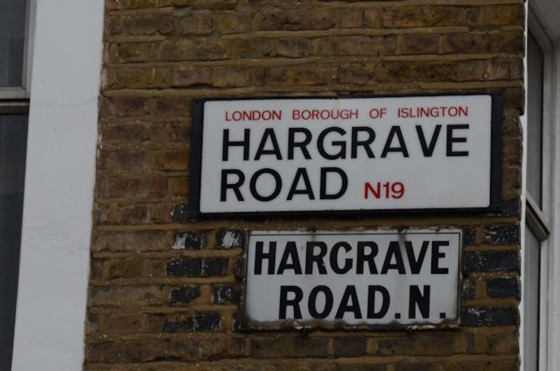
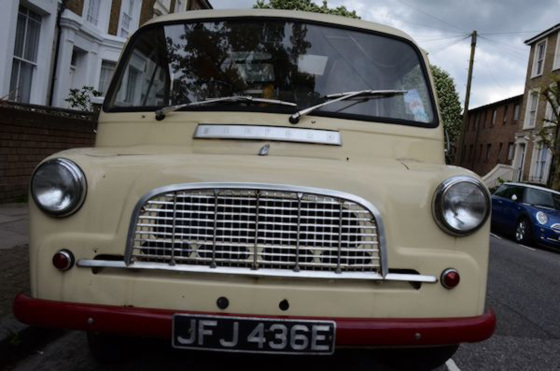

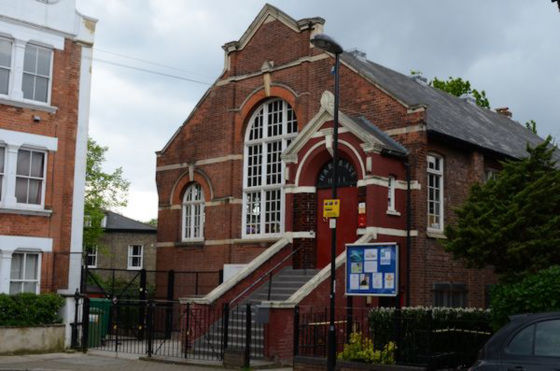


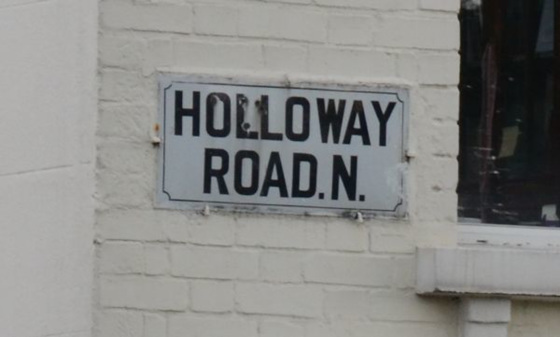
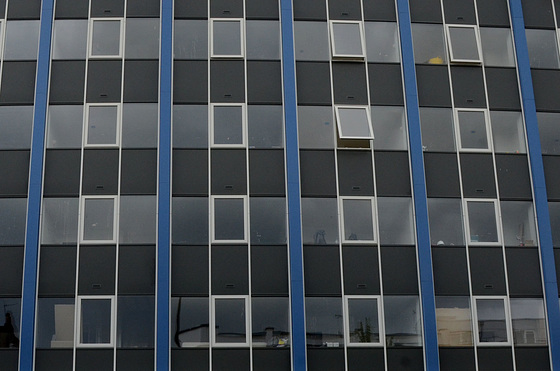
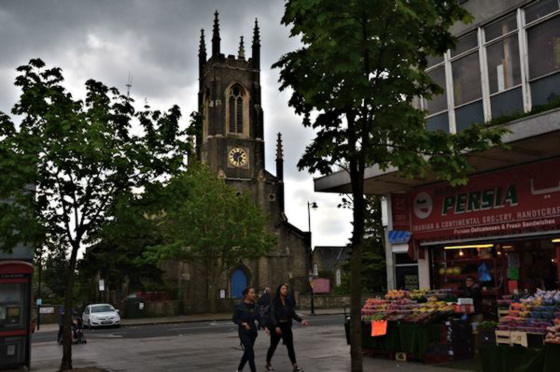
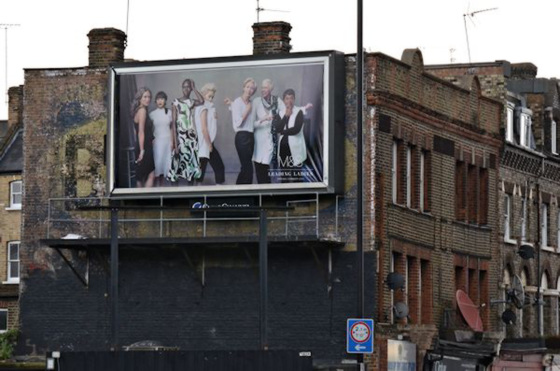

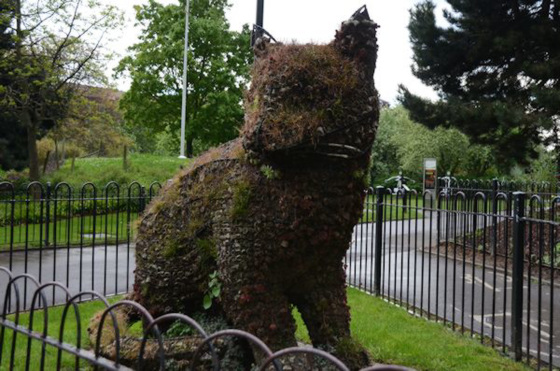
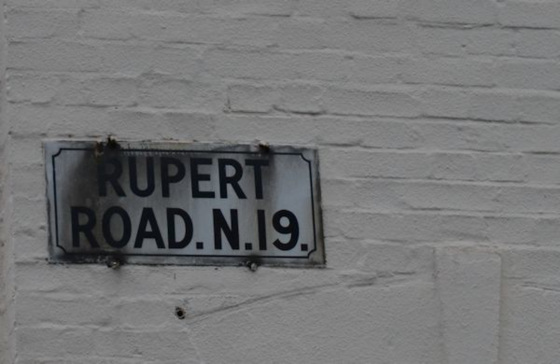
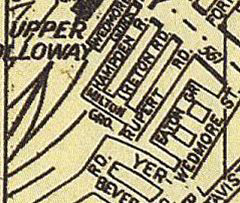
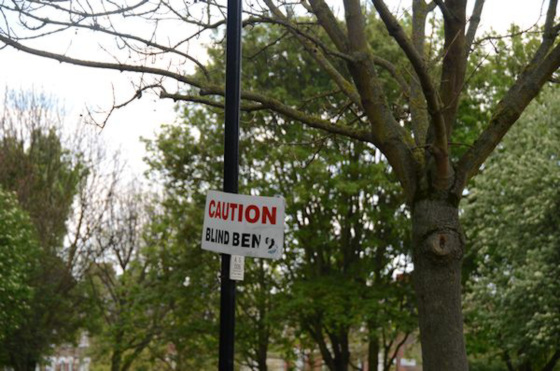
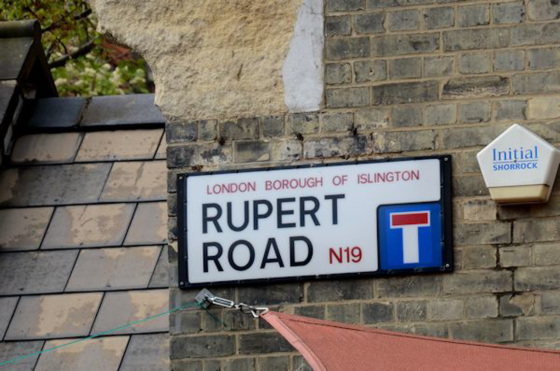

Sign-in to write a comment.